When renowned global culinary guide Michelin launched its ‘Green Star’ award in 2021, it was a decision met with both celebration and criticism. That the world’s leading authority on gastronomic excellence began to recognise restaurants with a focus on sustainability was not the issue, more that it had taken so long to introduce such an accolade.
Still, there is no question that the Michelin Green Star has captured the epicurean zeitgeist. People are increasingly discerning with their food choices, whether eating at home or dining out, and care more than ever about the impact the restaurants they visit are having on the environment.
Michelin created the award to encourage, in its own words, “the transformation of gastronomic cuisine towards a model that combines ecological responsibility and restaurant know-how”. There are currently 449 restaurants around the world recognised as being worthy of a Michelin Green Star; here, Destinations of the World News crosses continents to discover what motivates the personalities behind the sustainability.
1. WHERE THE LIGHT GETS IN, MANCHESTER
In the historically insalubrious Manchester suburb of Stockport, chef Sam Buckley stands on a rooftop among chive flowers and mustard greens, surveying his urban garden. Christened ‘The Landing’, the allotment provides a significant number of ingredients for his trailblazing restaurant
Where The Light Gets In (often affectionately abbreviated to WTLGI). But Sam is envisioning a grander purpose. He sees it as a space that can help educate about ‘food sovereignty’ – the right of people to access healthy food produced through sustainable methods.
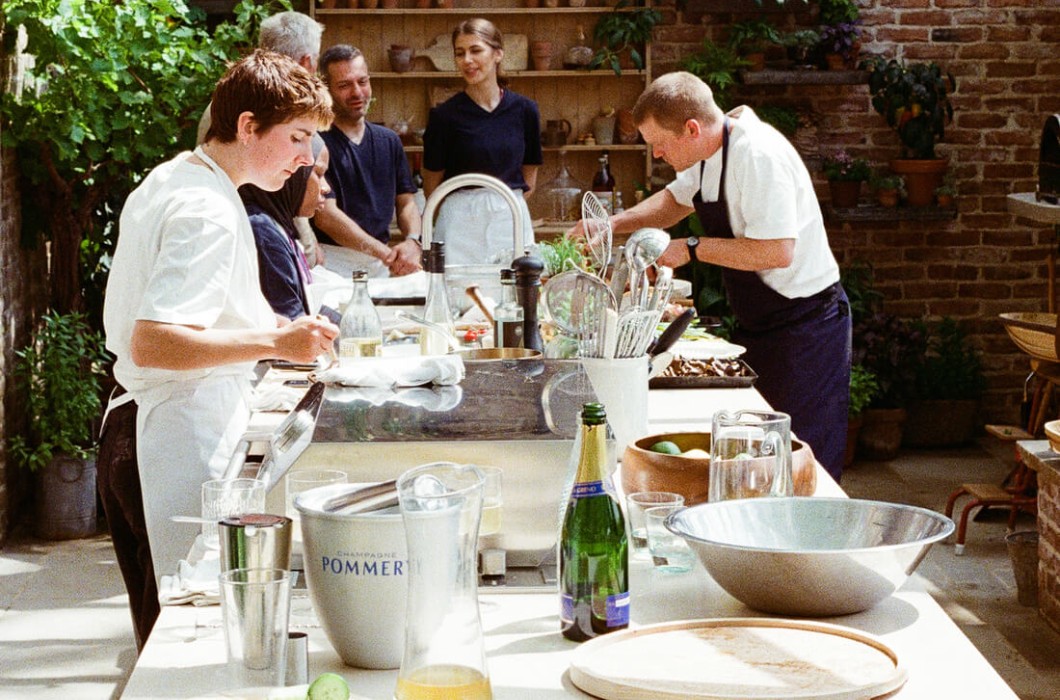
“Not everyone can afford to eat at the restaurant and have us talk to them about where to find the best lobster and what they should be eating in May,” Sam explains. “With The Landing, I really want to teach people about the accessibility of food and the benefits of growing food. I don’t think those ideas and those values should belong to anyone, to any one class.”
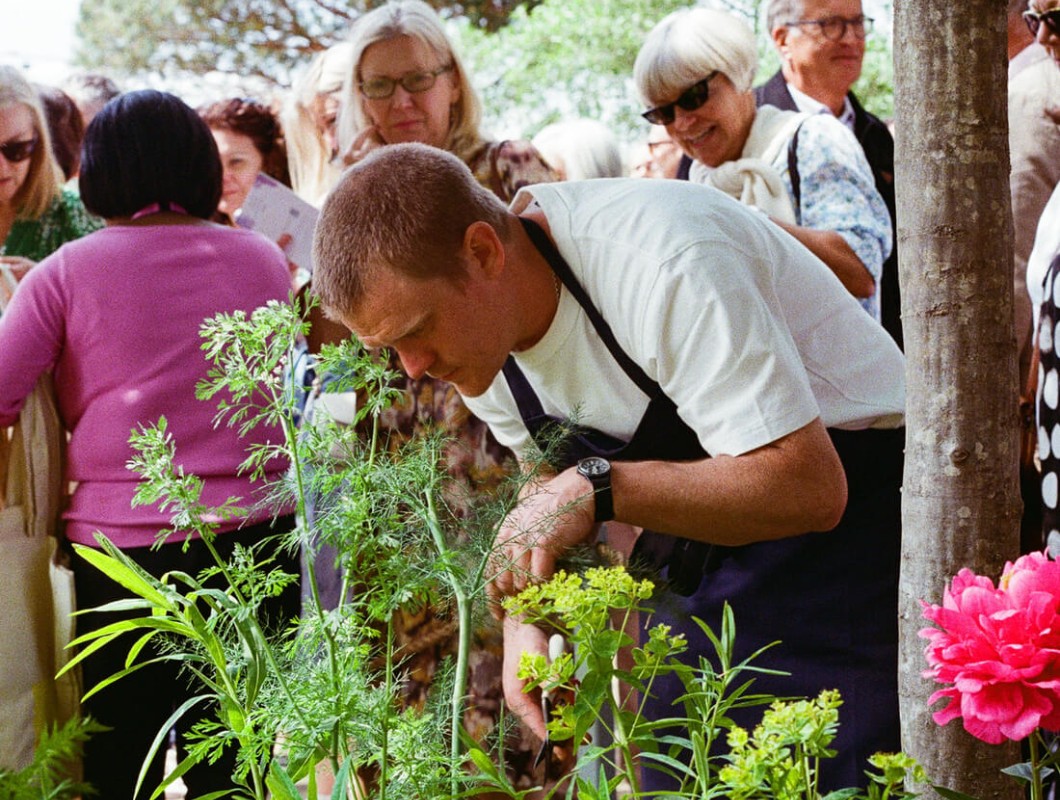
A short six-minute walk away from the Landing is WTLGI. It is a small, 30-guest restaurant located on the first floor of an old coffee warehouse in Stockport Old Town. In the summer months, light dramatically bathes the room from huge windows as its chefs, fittingly, illuminate guests about the suppliers who make their tasting menu possible. Each dish is presented to diners by the person who painstakingly prepared it, complete with explanation of the provenance of the produce on the plate. It is as enlightening as it is delicious.
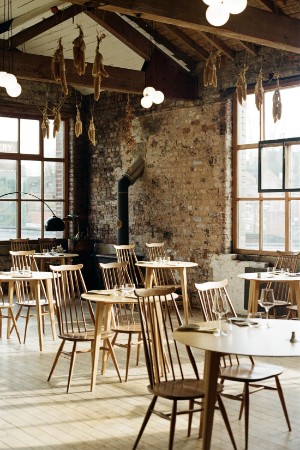
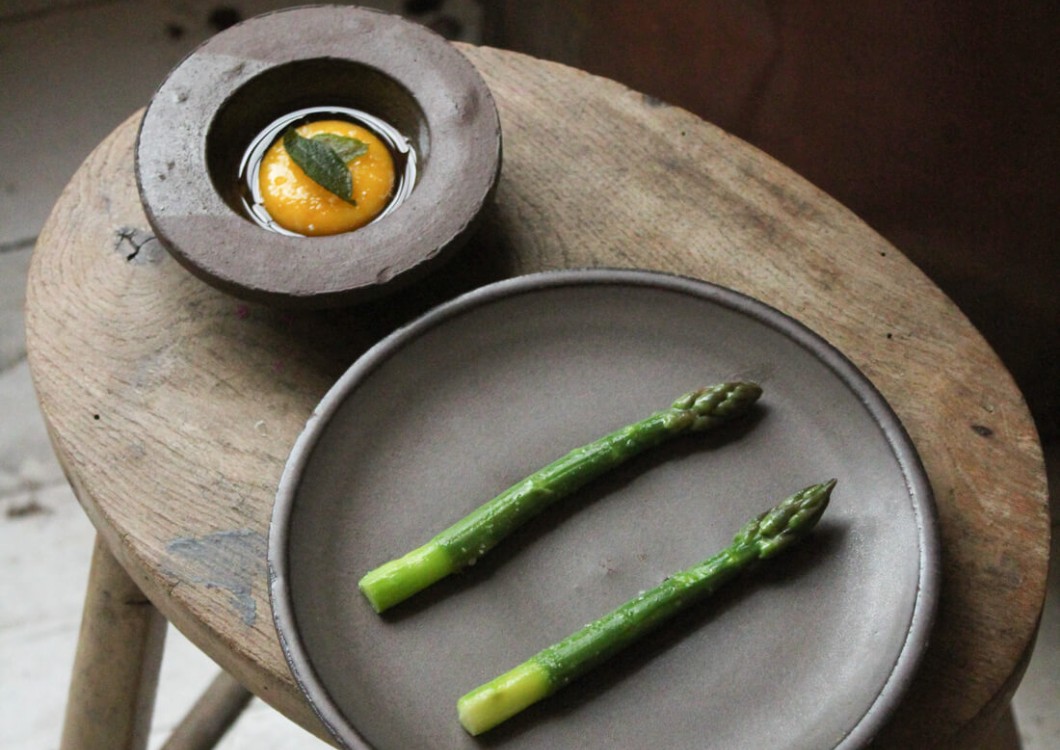
Sam, a self-confessed over-thinker, has worked hard to make WTLGI a beacon of British sustainability and an antidote to the approach he experienced in his previous roles in Michelin kitchens.
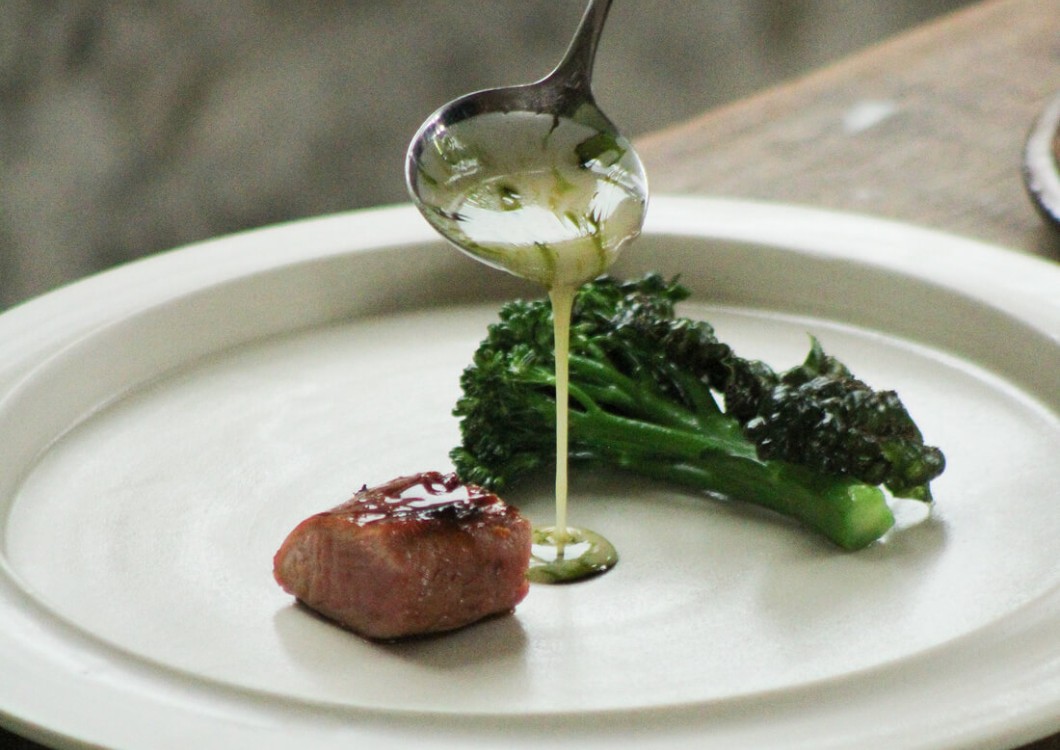
“I learned a lot in those places about what we did but just as much about what we didn’t do. I just felt like there was a better way to run restaurants in terms of waste. That has always been the impetus and being strict with that approach has really helped us drive creativity.”
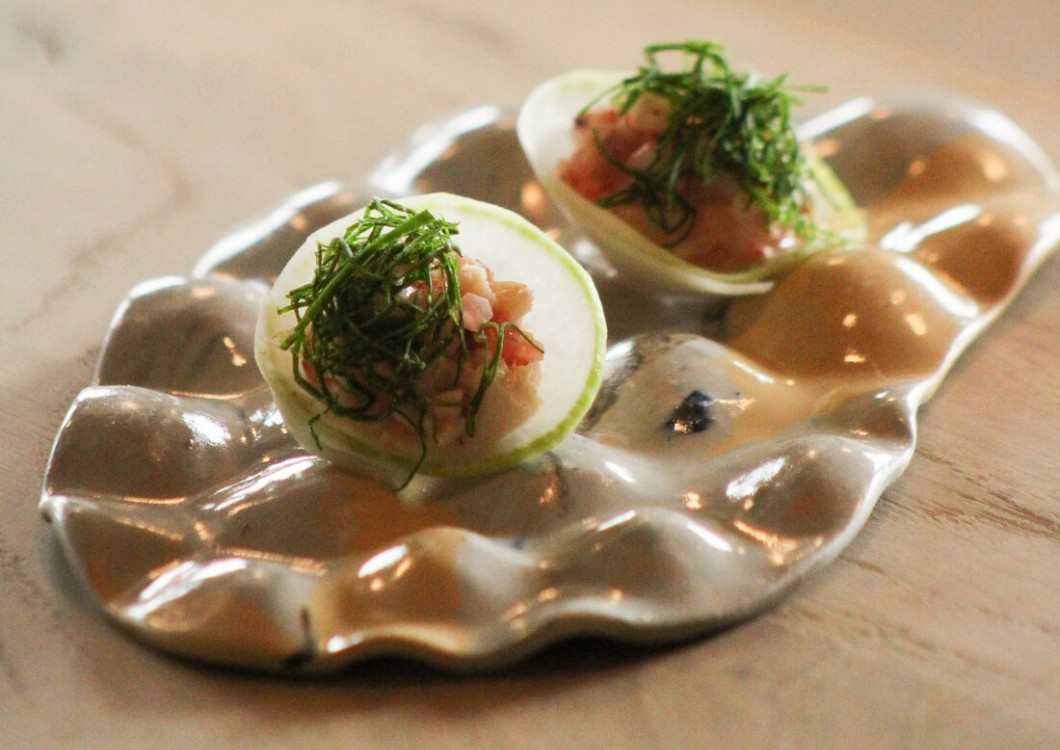
That creativity is manifested in an ever-changing menu at WTLGI that firmly aims to reduce waste where possible and utilise every part of the urban garden. Scouring the plants, Sam explains why Korean mint tops the oysters, how brunt sage enhances duck egg and asparagus, and why broad bean tips - often cast aside by chefs – are a perfect snack with lashings of oil and salt. This passion and knowledge was recognised In 2021 by Michelin and WTLGI is one of only a handful of restaurants to have retained its star twice since.
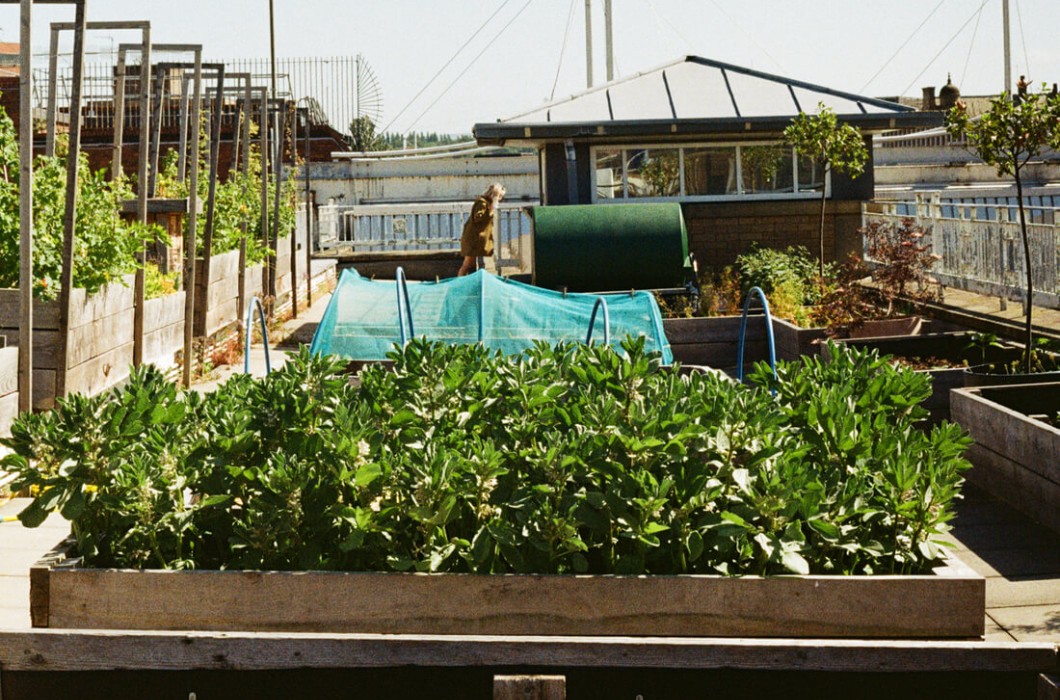
While many would have basked in the glory of receiving Michelin acclaim, for food philosopher Sam it has felt jocoserious to a level that he even considered rejecting the award. Ultimately, he hopes the positives outweigh the negatives. “I know there is this deep irony that a company that sells tyres suddenly decides they’re the ones who will reward sustainable food practices,” Sam ventures. “Turning it down was a genuine consideration but the team are understandably really proud and of course we get a lot of good press, more customers. That means we can hopefully have the conversations and help more people understand why we do what we do.”
2. GIGAS, Seoul
Every week, Jung Ha-wan makes the 35km journey from his restaurant on the south side of Seoul’s Han River, to his family farm out in the Korean countryside. While Jung loves cooking
at Gigas, the farm is unquestionably his happy
place. It is where he ruminates over recipes,
finding constant inspiration from the ingredients grown on the land.
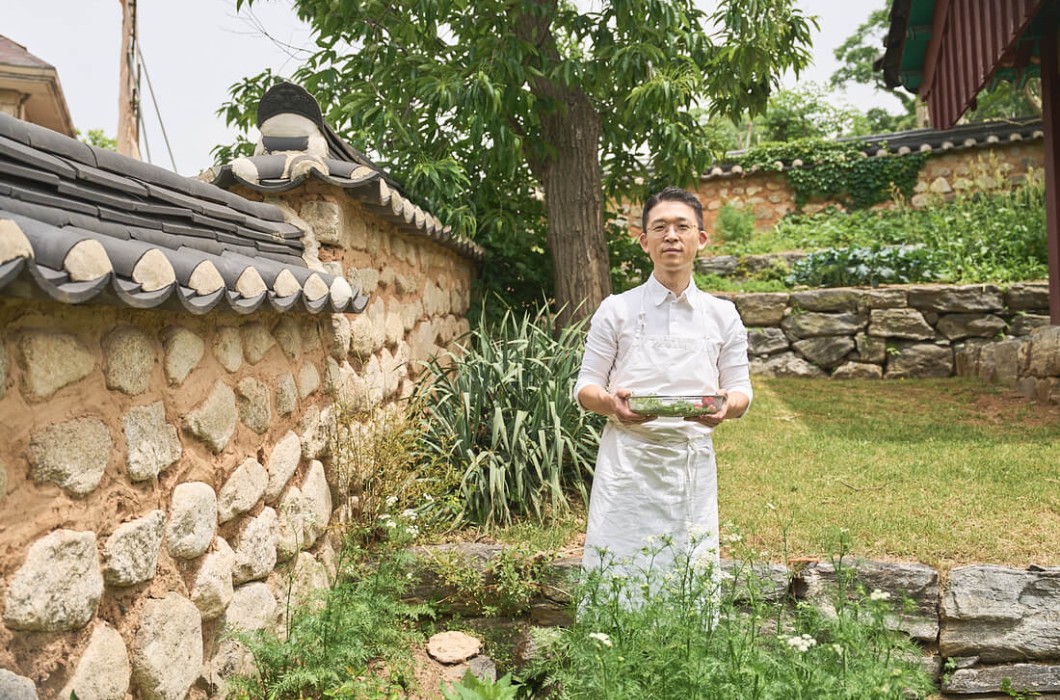
At Gigas, 90 percent of the menu is made up of produce that comes from the farm. It is an astonishing number of which Jung is understandably proud. “Our farm is core to everything,” he says. “With these ingredients we can give people amazing flavour and show them how much beauty there is in the nature of our country.”
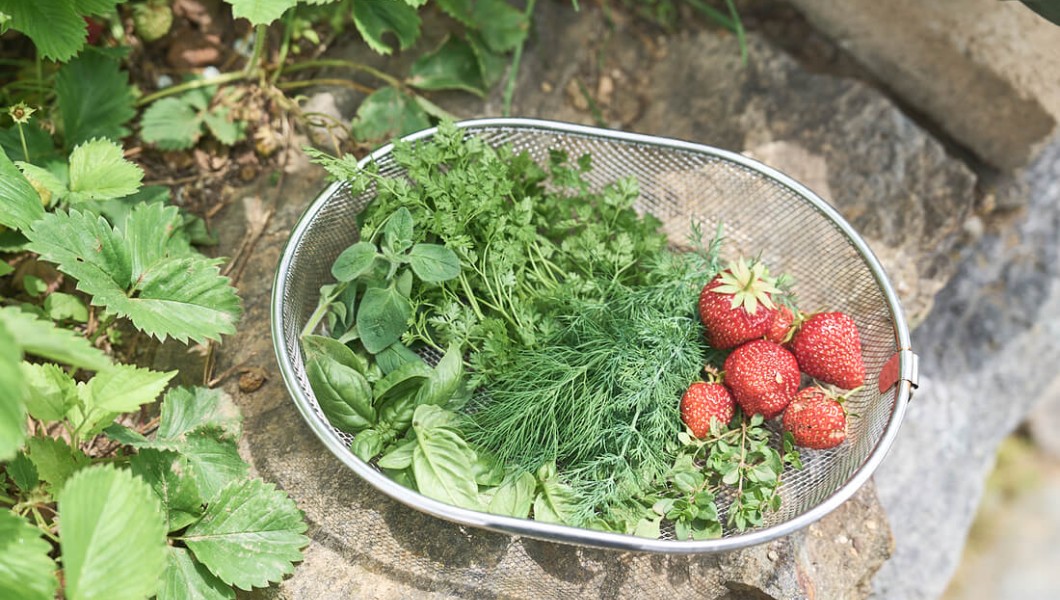
Jung cut his teeth working for some of Europe’s best Michelin-starred chefs and at Gigas, that experience of Mediterranean cooking is at the heart of his offering. But Jung does not depend on European imports, he is entirely self-reliant – and has even begun supplying another Michelin-starred restaurant in Seoul. “I try to talk to my own chefs, and to others but it’s not enough for them to understand; they need to spend time inside the farm, in nature. Life is completely different in the countryside and full of possibilities.”
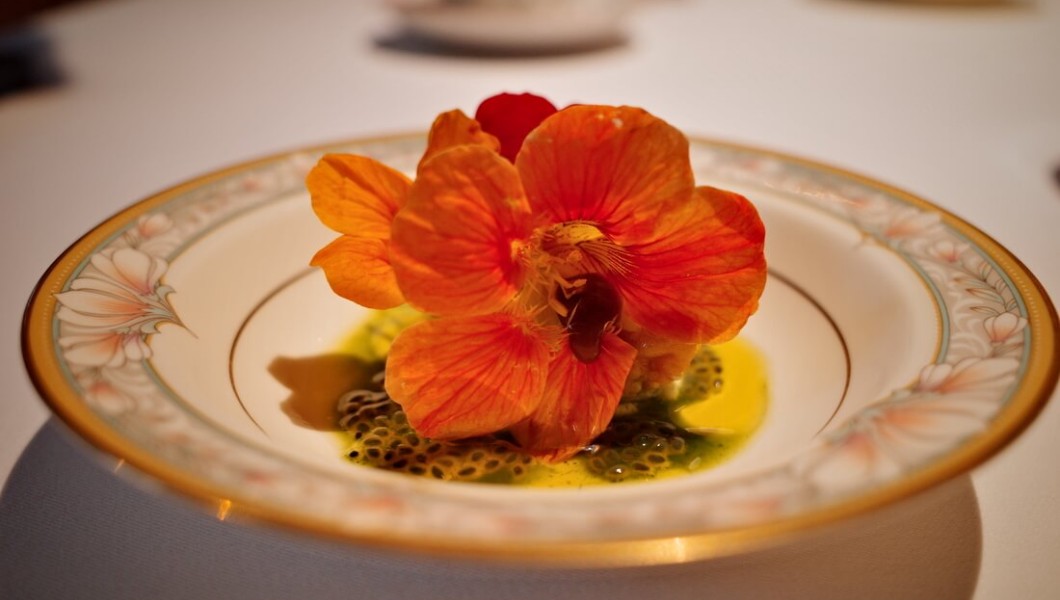
Right now, it is the possibility of Jung integrating two of his favourite ingredients – strawberries and green peas - onto Gigas’ 13-course tasting menu that most excites him. He animatedly discusses ideas before describing a recurring dish on the menu that he feels embodies his approach. The amuse bouche brings together 25 different types of herbs and is tossed with feta cheese for a couple of seconds to create a forkful of freshness. “We hope the Michelin Green Star will make people change their minds and approach,” Jung suggests optimistically. “For 100 years Michelin focused on how much technique the chef shows; it was about chef’s talent. Now there is a change because it is also about a chef’s understanding of his products and the ecosystem they are in. “You don’t need a heavy touch or lots of cooking – sometimes the ingredients just don’t need to be tainted by human hands.”
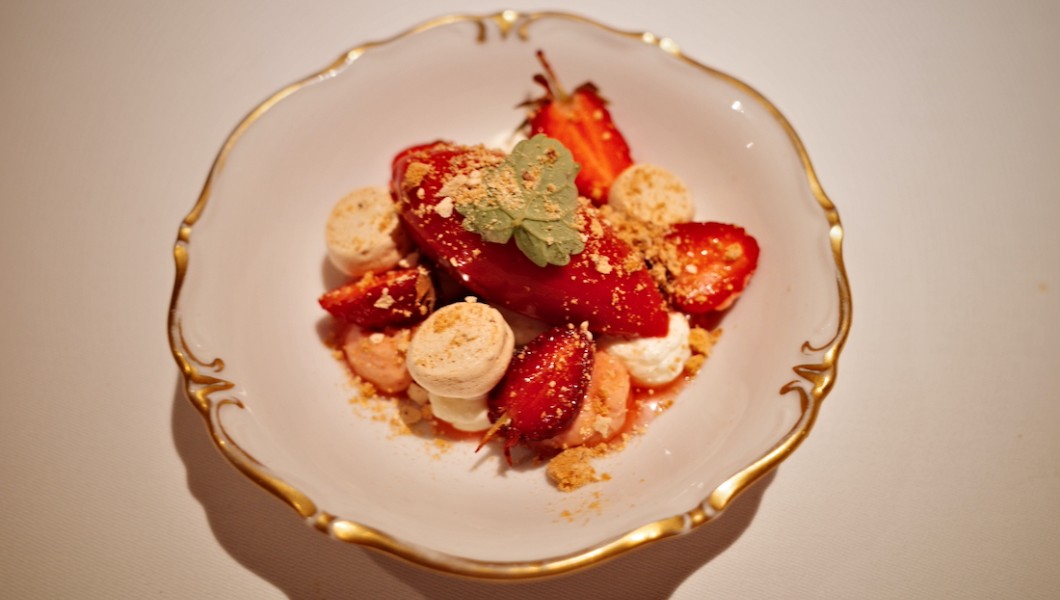
3. LOWE, Dubai
Three years ago, Emirati Mohammed Zaal and Australian Kate Christou set about shaking up a Dubai restaurant landscape that has long been characterised by extravagance and excess.
In the quiet suburb of Al Barari, Lowe has been impressing diners with its honest, rustic food and its sustainable business practices.
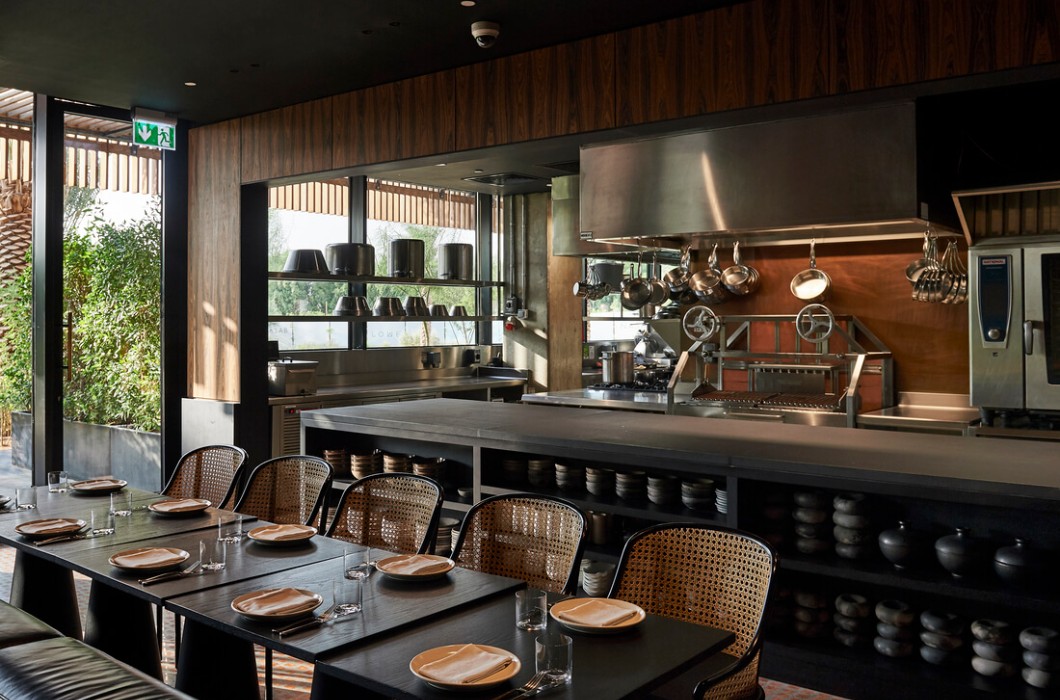
From a blanket ban on single-use plastic – both in the restaurant and among its suppliers – to a refusal to provide takeaway coffee cups, Lowe has proven a regional pioneer, becoming the first restaurant in the Middle East to claim a Michelin Green Star in 2022, before retaining it this year. “The challenge is putting something on a plate that makes people go ‘oh wow’ but that also stays true to your beliefs,” Lowe’s restaurant manager Zachary Roy explains. “For us it is the idea that what we leave behind is more important than what we put in.”
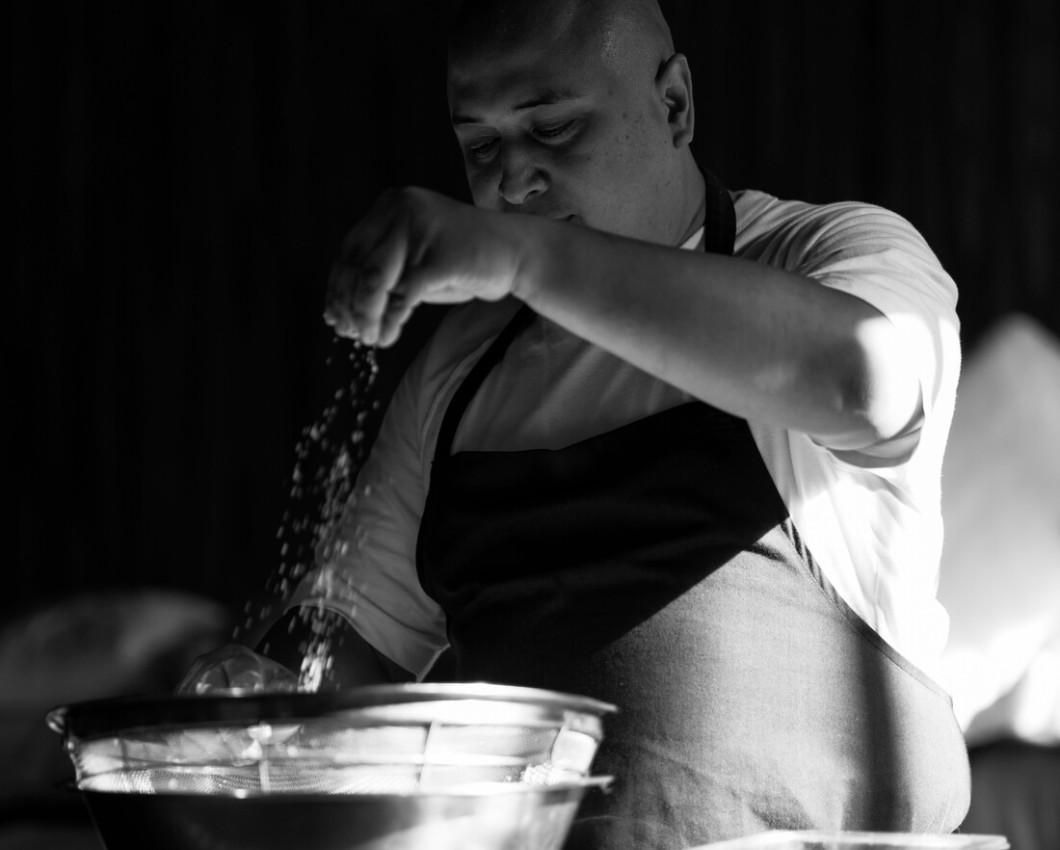
One of Lowe’s early initiatives was a series of ‘Waste Not’ dinners that celebrated leftover produce otherwise destined for the garbage, but they have become increasingly scarce as the chefs have become so accomplished at limiting food waste. Zachary highlights Lowe’s potato skin ice cream, made from the peelings of their fries, as just one example of the creativity that has kept customers returning.
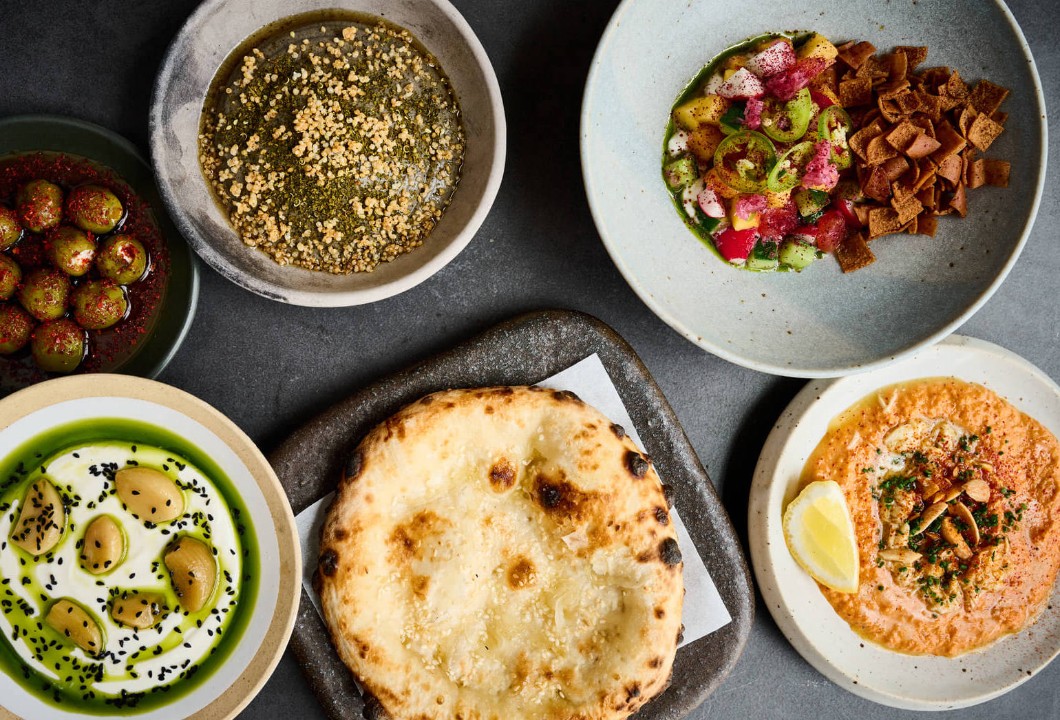
“People come because they are intrigued about the Green Star but then they realise, ‘hey, this is actually really good, inventive food too’,” Zachary says. “I think it surprises a lot of people to see that sustainability doesn’t have to be boring. “We love it when people have lots of questions too; we’ll take them into the veggie garden or explain how we compost all our organic waste – everyone here is educated. With Dubai hosting COP28 this November, Lowe has already been bombarded with interest from attendees who can now also find two other Green Star restaurants in the city after Boca and Teible were recognised in 2023. For Zachary, it is a sign that the UAE restaurant industry is taking notice, and hopefully action.
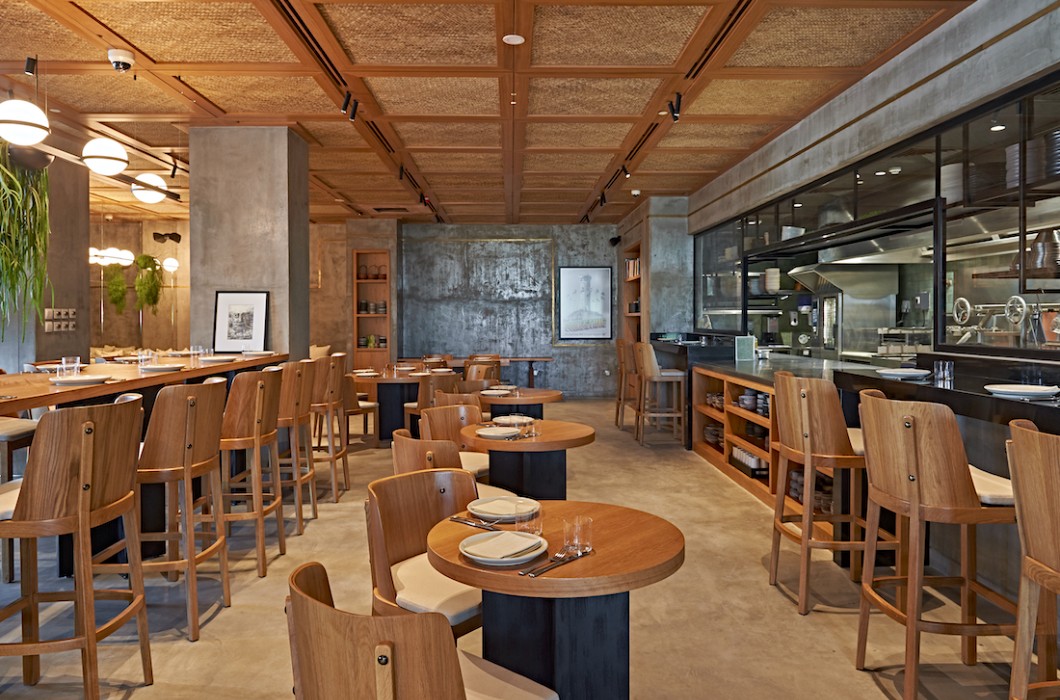
“I mean this sincerely, for us is not about the awards – we are just doing what we think is the minimum we should be doing for our planet and if that is being recognised, then to be honest there’s maybe a larger issue at hand. “We know it’s not going to be a case of ‘click’ and every restaurant in Dubai is sustainable, but there is optimism that change is happening; there are three Green Star restaurants now and I hope next year there are more here.”
4. RESTAURANT DE KAS, Amsterdam
For more than two decades, De Kas – meaning
‘The Greenhouse’ in Dutch – has been championing a sustainable approach to cooking, although critical recognition has only been more recent. First through a Green Star in 2022 and then a traditional Red Michelin Star this year.
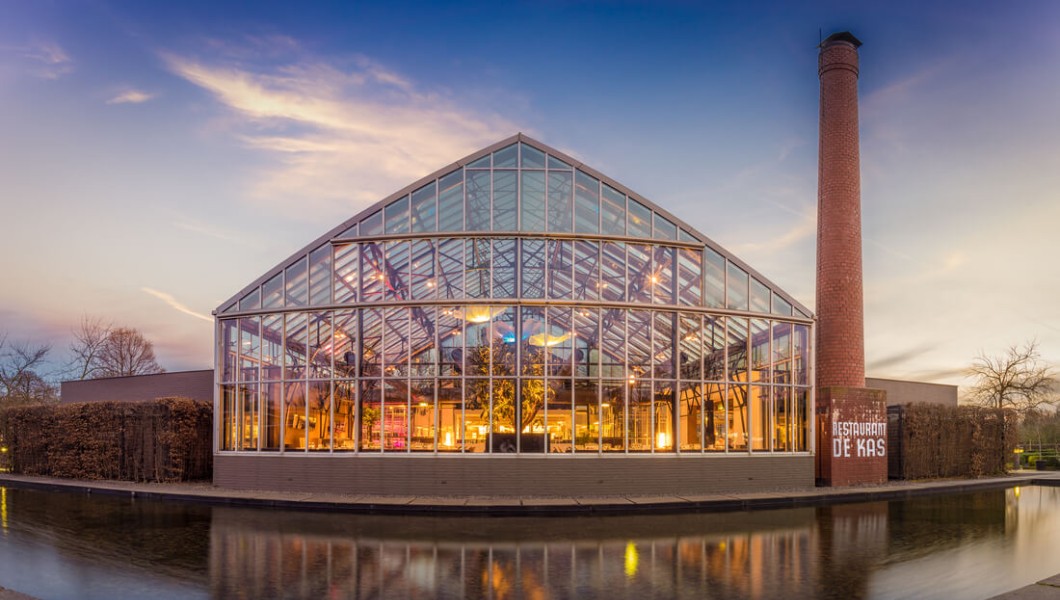
Living and breathing Restaurant De Kas’ belief in “plant to plate” is chef Savannah Hagendijk, who swapped a reliance on imported produce at Singapore’s fine dining restaurants for a return to her native Netherlands and a totally different outlook. She is now greeted each day by a garden and greenhouse full of enticing fresh produce; around 300 varieties of vegetables, herbs and fruit are grown both on site and on a piece of land in nearby Beemster Polder.
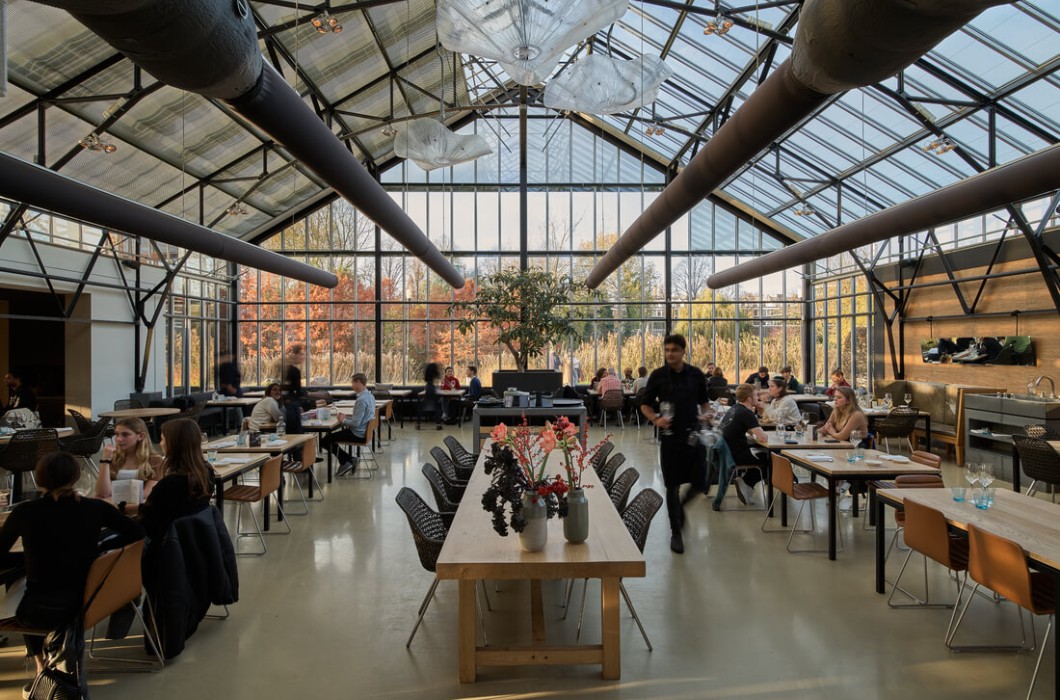
“The moment I came here I knew it matched my own beliefs,” Savannah says, between animated discussions about the current plethora of strawberries in Restaurant De Kas’ eponymous greenhouse. “When you work in this atmosphere, you can never go back to any other approach – it is inspiring to take just a few steps outside and see exactly where your ingredients come from.”
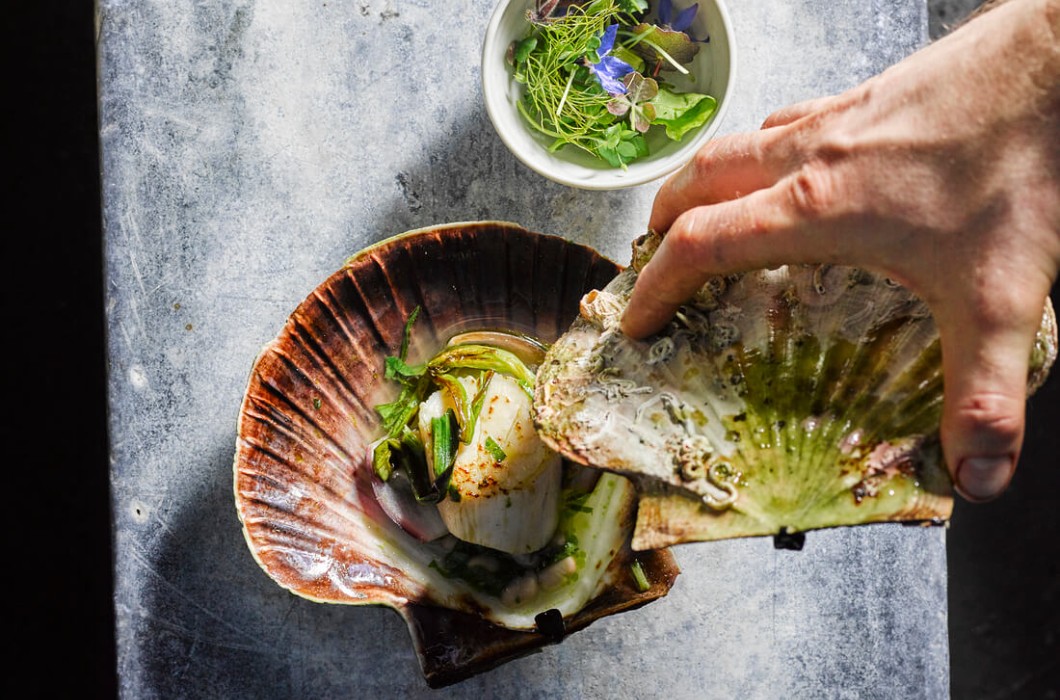
While Restaurant De Kas does serve meat and fish, the restaurant’s focus is firmly on putting vegetables in the spotlight. Savannah describes it as showcasing ‘light ingredients with heavy flavours’. Guests are encouraged to walk around the gardens and see firsthand the origins of what ends up on the plate. The current menu, which changes every week or so, celebrates – among many things – green peas and snow peas, which are combined simply with barbecued lettuce and a spiced cream. “We don’t do anything too crazy with the ingredients as they are so good as they are,” Hangendijk says, echoing the sentiment of chef Jung at Gigas. Those much-appreciated greenhouse strawberries, meanwhile, will be used in both a dessert and paired with beetroot in a savoury dish.
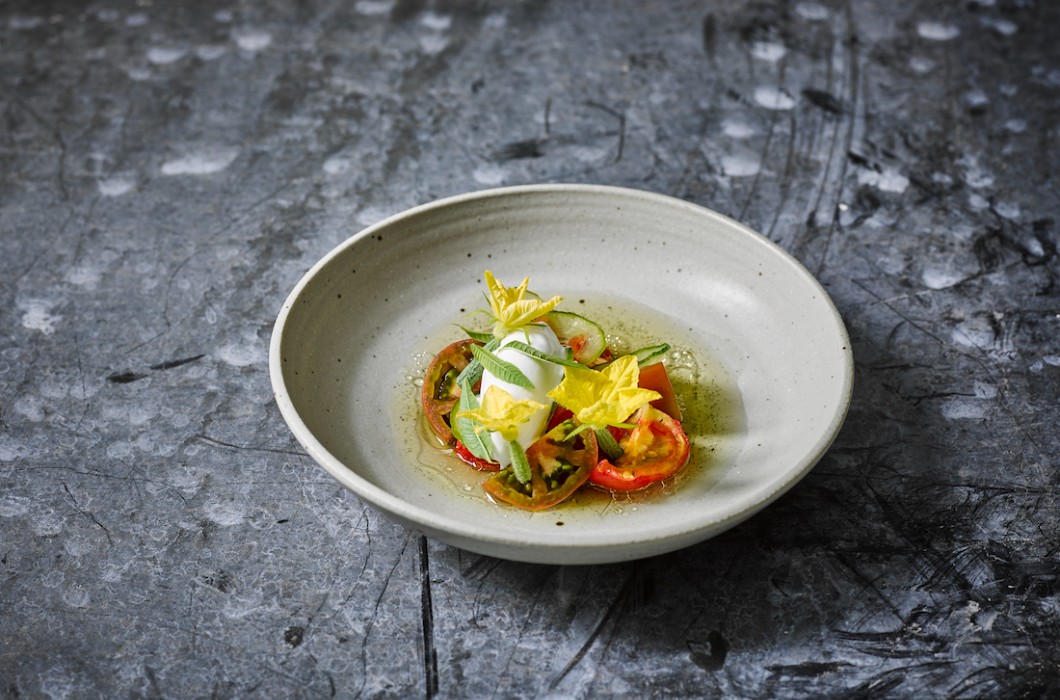
Restaurant De Kas has been a leading light in moving the Dutch dining landscape towards sustainability and Hangendijk admits it is a responsibility that the restaurant’s chefs relish. “Yes, we were one of the first to offer this plant-to-plate style but what is more important is that we are part of a bigger movement – more chefs want to approach cooking in this way. It is satisfying when you see it at other restaurants around Amsterdam – the knowledge of vegetables and cooking with seasonal produce is clearly growing and that shows we are doing something right.”
5. IFTM EDUCATIONAL
RESTAURANT, Macau
Hans Lee Rasmussen is a man for whom the minutiae matter. At his busy office at the IFTM (Macao Institute for Tourism Studies) Educational Restaurant, he begins the interview not with
a personal introduction but a feverish venting
of his frustration at the lack of biodegradable cling film in Macau. It is emblematic of a devotion to sustainability that was conceived in Scandinavia but has blossomed in the tiny former Portuguese colony across the Pearl River Delta from Hong Kong.
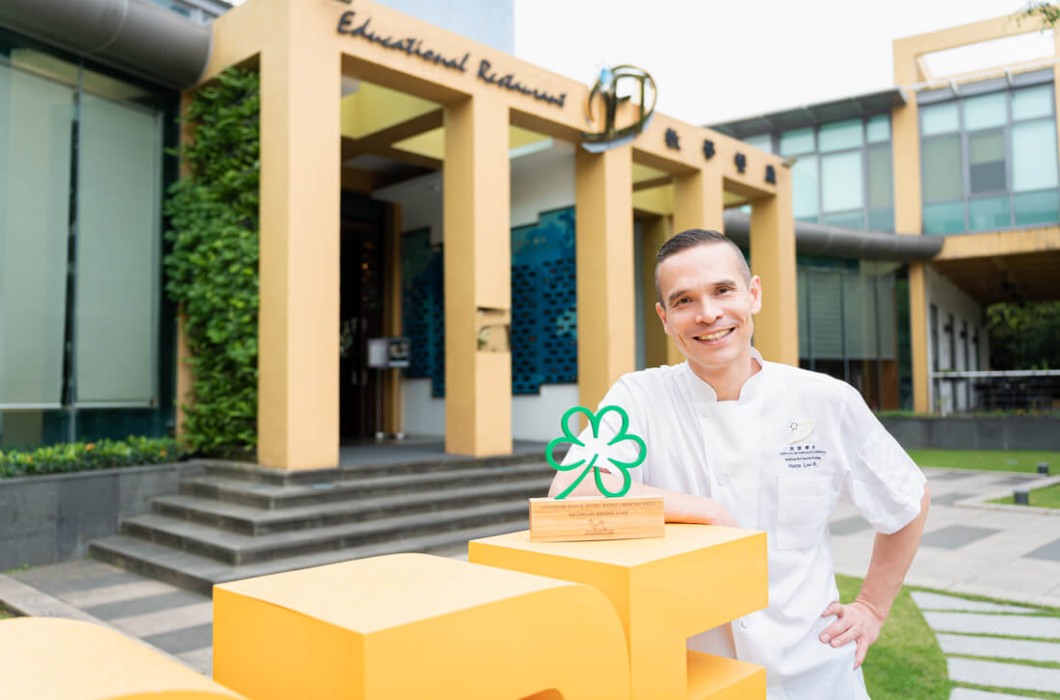
IFTM Educational Restaurant has been praised by the Michelin guide for its impressive blend of clean tasting European and Macanese dishes but besides its culinary prowess, the educational establishment has been shaping the hearts and minds of the next generation of Asia’s chefs. General Manager Rasmussen, who was born in Macau but grew up in Copenhagen, is a food waste zealot and admits he is all-consumed by making improvements to IFTM’s efficiency. “When we first got the Michelin Green Star, a journalist phoned me and asked, ‘how does it feel not to get the real one’? Rasmussen laughs. “But this award is important – to encourage people to embrace different approaches to sustainability. For some it is about tableware and being paperless, while for us the focus is primarily on reducing food waste.”
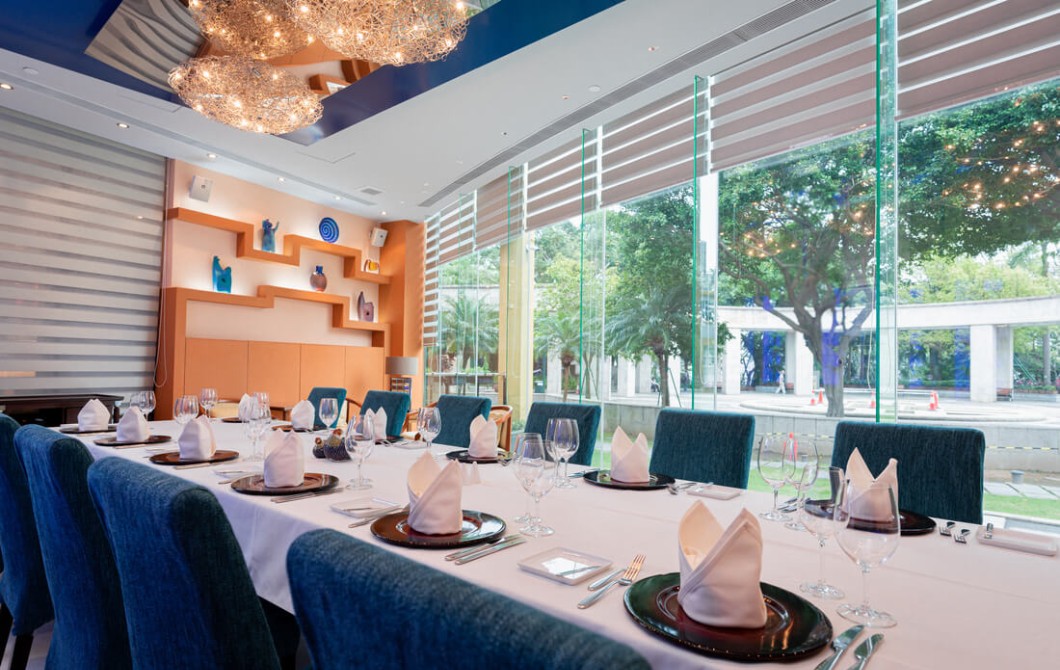
IFTM uses AI technology to measure what is thrown away and subsequently how they can be more preventative. It is a system is mirrored in global brands like IKEA and Shangri-La and AI has allowed Rasmussen to be forensic in his approach. He points to the lemon tree outside of the restaurant as a prime example of how to minimise waste.
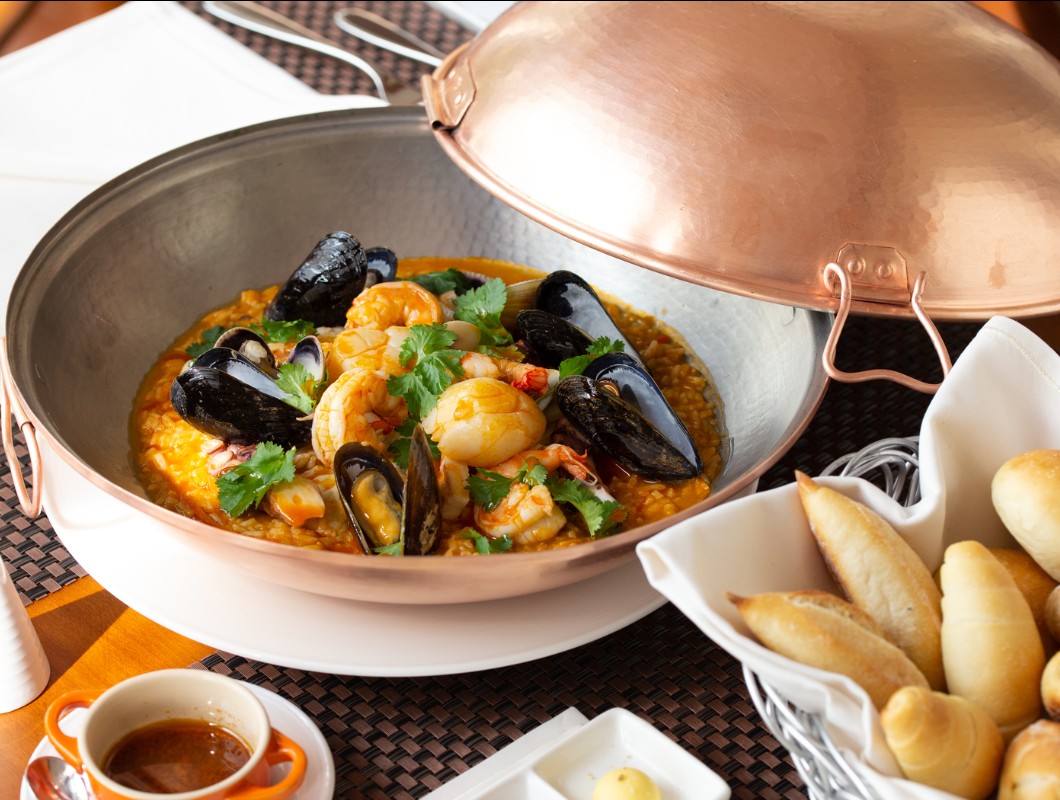
“We can show students how long it takes to grow lemons and then how you can use them in their entirety. We’ll make lemonade and then use the zest for marinading, use the rest of the juice to season a sauce or in a drink, and then chop up the lemon and make a marmalade. It’s literally zero waste.” Rasmussen admits he is in a privileged position as he is able to influence not just diners but whole classes of chefs who can take what they learn into future careers.
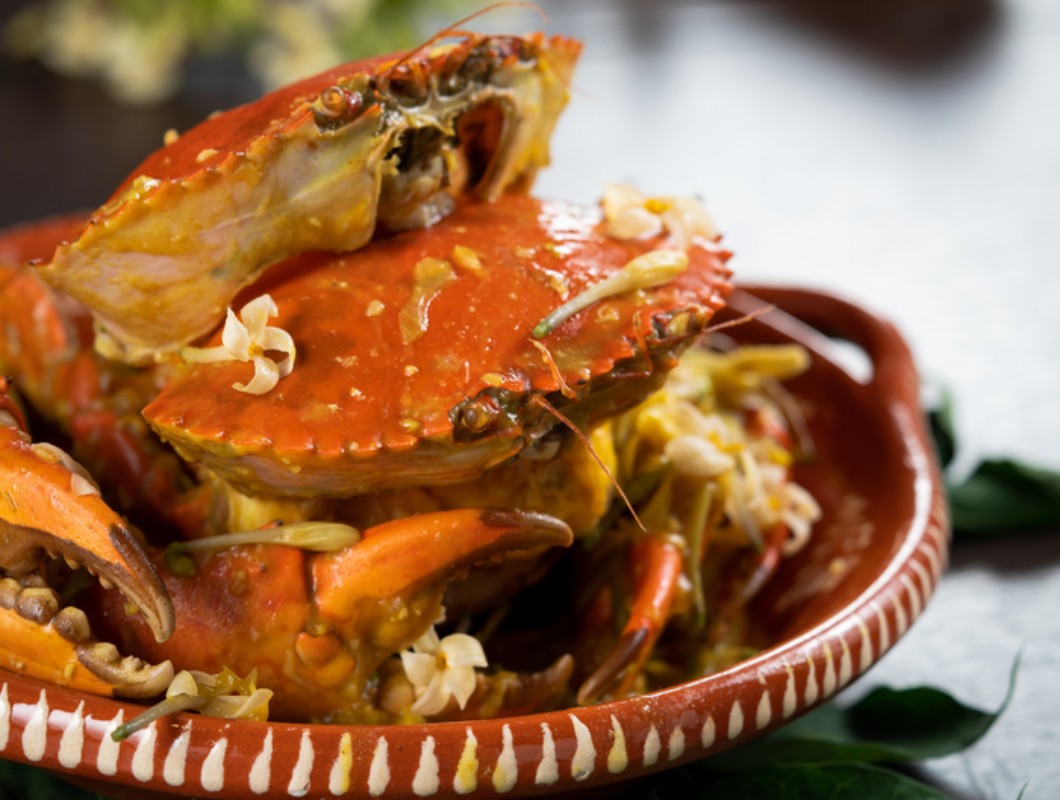
“When you go into education you need to think about how to teach future chefs to value the ingredients,” Rasmussen says. “It’s obvious for me but many of them need to learn the benefits of this holistic approach. Of course not ever trainee chef buys in to what we say but we can give them the tools to learn and I have to believe that we can positively impact the hospitality industry in Macau and beyond.”






